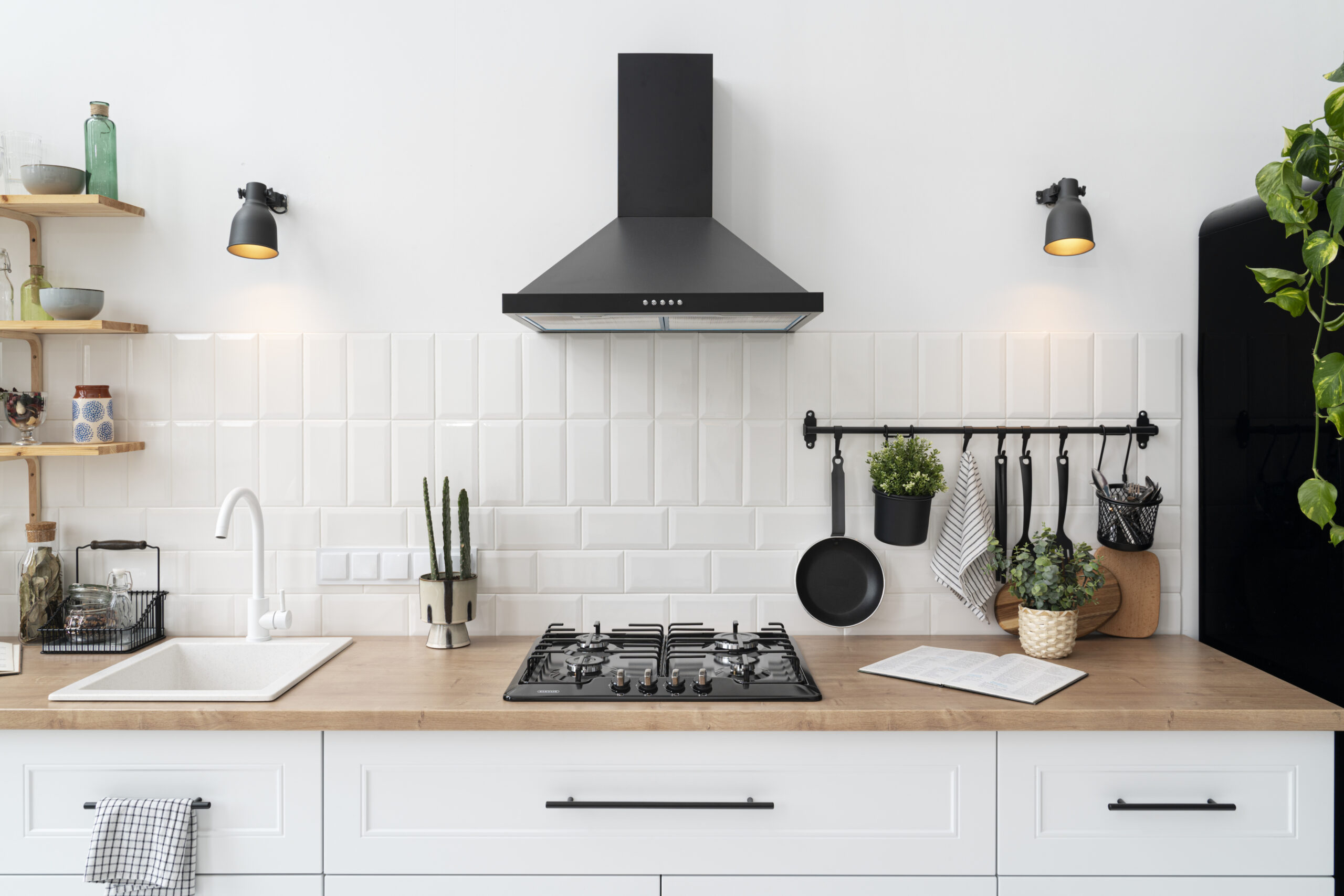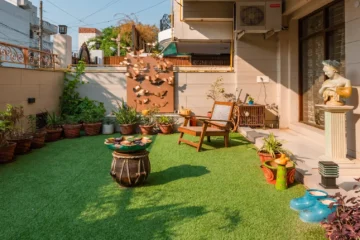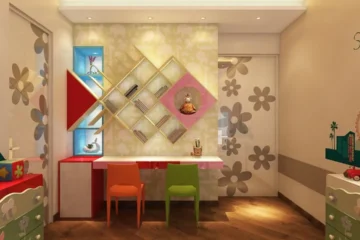The Design of Kitchen is often referred to as the heart of the home, a place where connection and comfort intertwine. Designing a kitchen that fosters these feelings goes beyond aesthetics; it’s about creating a warm and inviting space where memories are made and shared. In this blog, we’ll delve into the art of designing a kitchen that serves as a haven for connection, blending comfort and design seamlessly
An open concept layout encourages interaction by removing barriers between different areas of the home. A kitchen with an open layout allows for easy communication between those cooking, dining, and lounging. This arrangement enhances the sense of togetherness and ensures that no one feels isolated while engaging in different activities.
A communal dining space within the kitchen brings people together to share meals and conversations. A well-designed dining nook or island with barstools creates a cozy spot for family members and guests to gather. This communal aspect of the kitchen promotes connection over meals, creating lasting memories.
Incorporating personal touches in your Design of Kitchen fosters a sense of comfort and connection. Display cherished family photos, heirloom kitchen tools, or handcrafted ceramics. These elements tell a story and invite conversation, making the kitchen a place where loved ones can connect on a deeper level.
Materials and textures play a significant role in creating a comfortable atmosphere. Soft upholstered seating, warm wood tones, and plush rugs add a touch of coziness to the space. These tactile elements make the kitchen a space where everyone feels welcome and at ease.
Colors have the power to evoke emotions and set the tone for a space. A soothing color palette with gentle blues, soft greens, and warm neutrals can create a calming atmosphere. These colors contribute to the overall sense of comfort, making the kitchen a space where people naturally gravitate toward relaxation and connection.
With colors in mind, let’s explore the importance of seating options for fostering connection.
Ample seating options in the kitchen ensure that everyone has a place to gather. From cozy breakfast nooks to spacious islands, these seating areas encourage spontaneous conversations and shared experiences. Having multiple seating options fosters a sense of inclusivity and comfort.
Warm lighting creates an inviting ambiance that encourages people to linger. Consider installing dimmable pendant lights or chandeliers with soft, warm hues. This type of lighting enhances the comfort of the space, making it a haven for intimate gatherings and meaningful connections in Design of Kitchen.
As we approach the conclusion, let’s reflect on the essence of designing a kitchen for connection and comfort.
Designing a kitchen for connection and comfort requires a delicate balance between layout, personalized touches, materials, colors, and lighting. By creating an open and inviting space, incorporating communal dining areas, and infusing personalized elements, you can transform your Design of Kitchen into the heart of your home. Remember, a kitchen that prioritizes connection and comfort is where relationships flourish, memories are cherished, and the true essence of family and togetherness is celebrated.



